If there is one graphological 'sign' that seems to sum of all these elements, I would choose 'Systemised', which is defined as "Letters are forced into a uniform shape, as if cast in the same mould" (International Manual of Graphology, IGC Books 2013).
With the following combination of graphological signs (Large, Closed, Artificial, Tension 5, Stiff Slant), the interpretation is:
"A barricade arising from a survival instinct to hide severe apprehension, or anger. Over-compensation of an inferiority complex... Courage coupled with dictatorial, intransigent and prejudiced attitudes. Projection of unaccepted criticism and blame onto others - 'I'm right, you're wrong.' " (International Manual of Graphology, IGC Books 2013)
Other points to note include the strong control over the space, an orderly layout, and i-dots are carefully placed. The attributes that spring to mind include attention to detail, order, and control over one's environment.
Would you want your political leader to have this type of writing?
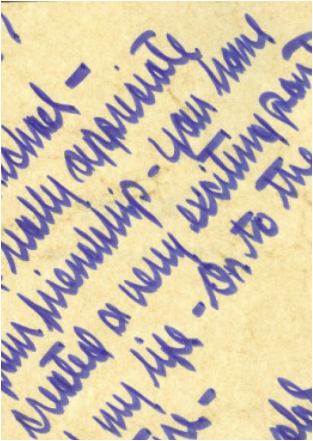
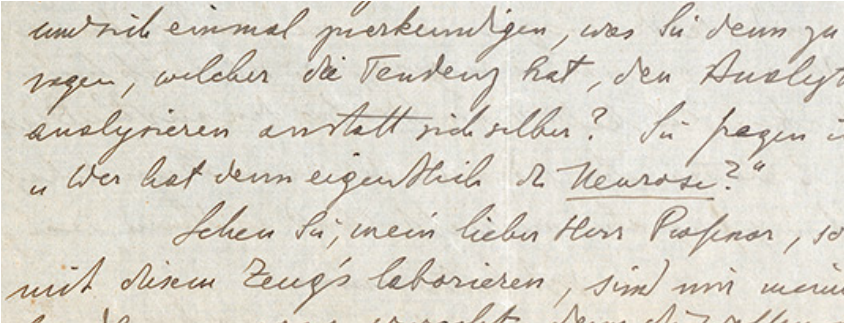
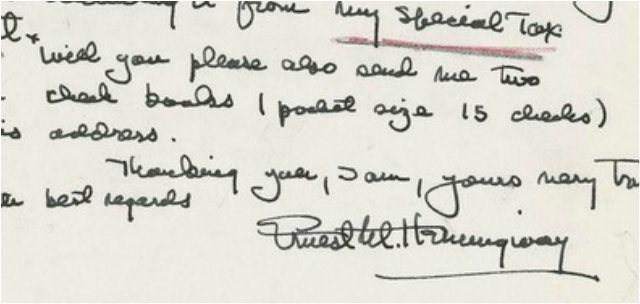
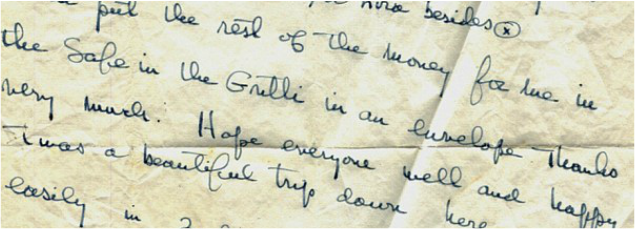
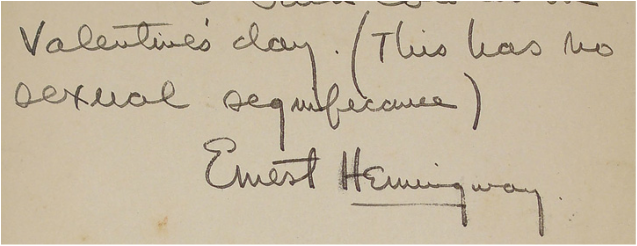
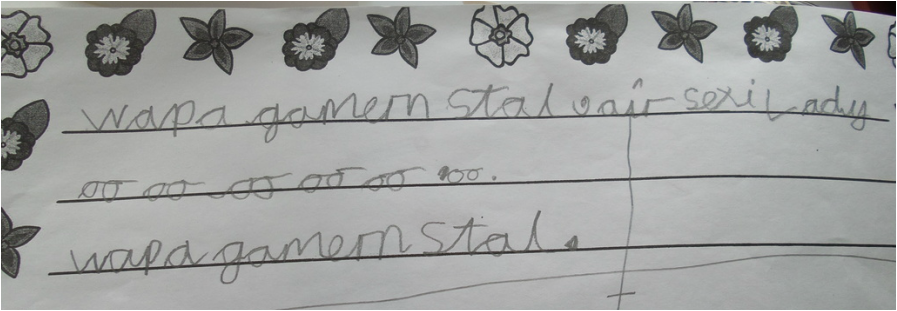

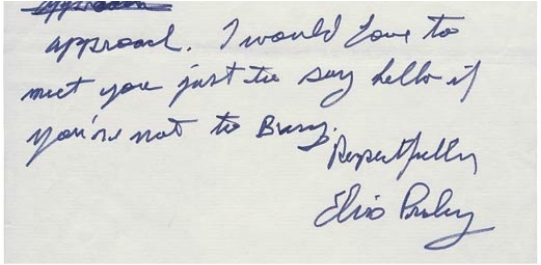
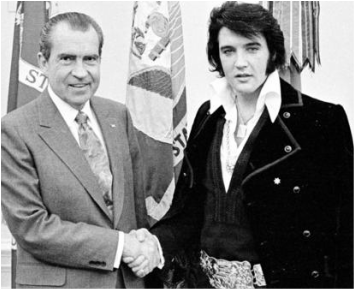

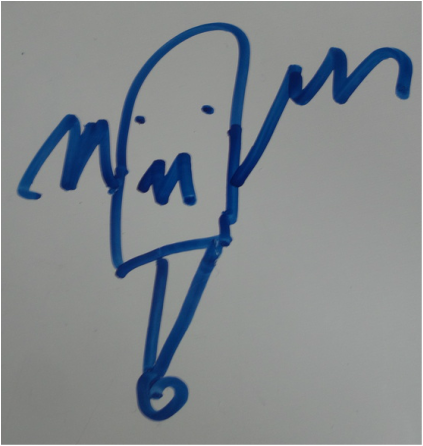
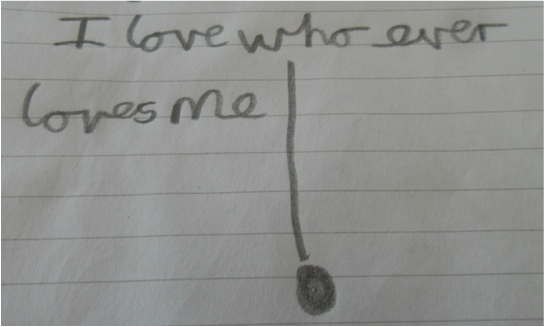
 RSS Feed
RSS Feed